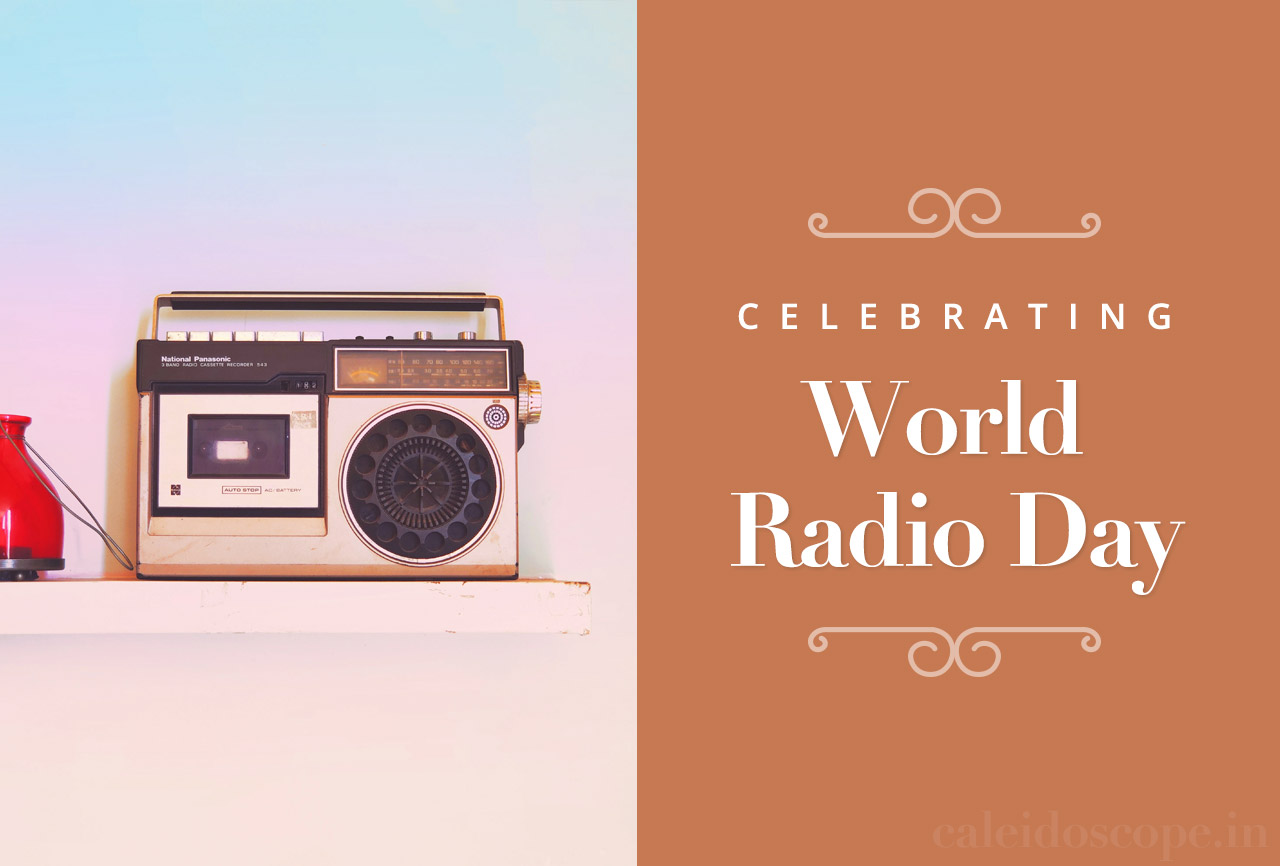
“…At the stroke of the midnight hour, when the world sleeps, India will awake to life and freedom. A moment comes, but rarely in history, when we step out from the old to the new, when an age ends, and when the soul of a nation, long suppressed, finds utterance.”
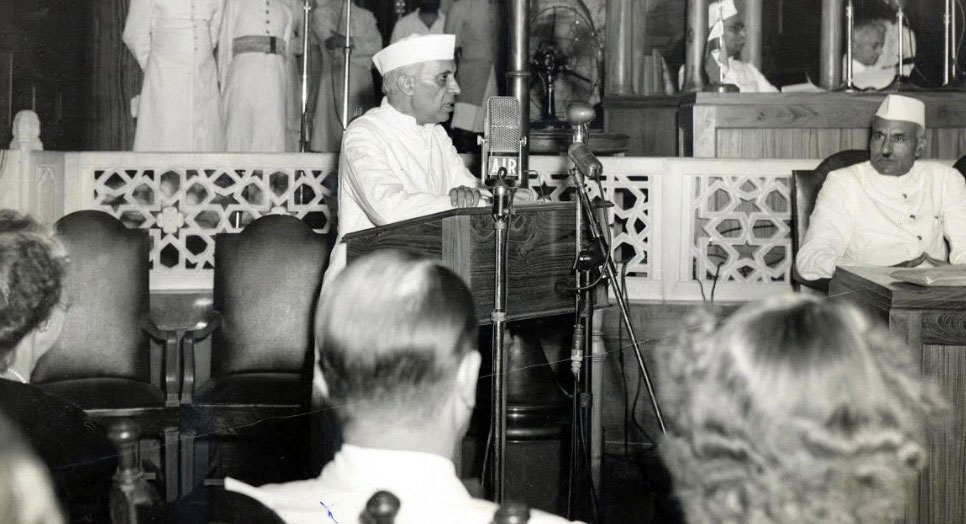
Jawaharlal Nehru’s historic speech declaring India’s hard-earned Independence, the country didn’t have a single television transmitter, let alone a TV audience. But they did have radios. Many Indians experienced that historic moment over the radio waves.
World Radio Day, the Beginning
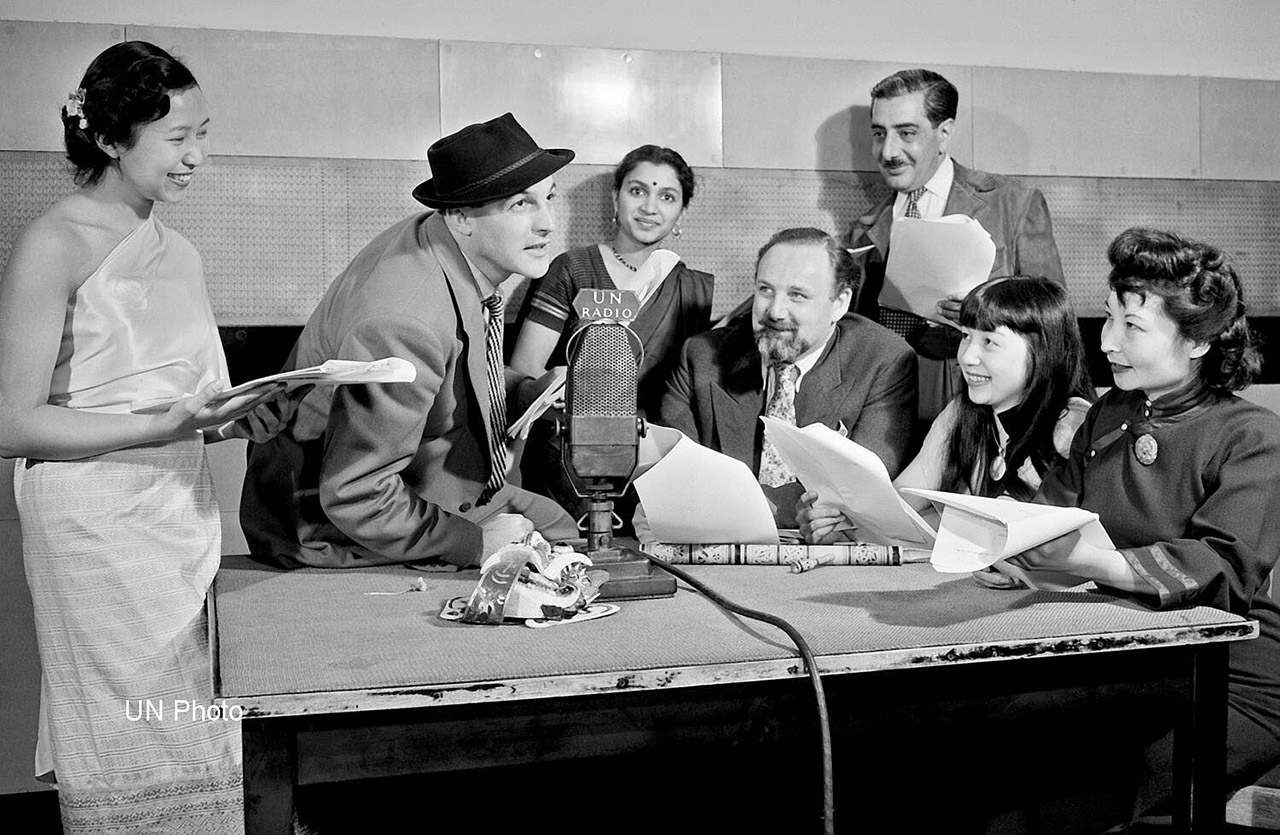
Global Organisations put in efforts to celebrate the medium, promote international cooperation between radio broadcasters and encourage networks to foster access to information and freedom of expression. World Radio Day, a day proclaimed by UNESCO remembering the anniversary of the creation of United Nations Radio in 1946.
Radio, a medium to educate and entertain people. Since the inception of the Internet, Radio has been on the decline due to people always glued to their smartphones and consuming content from the web. Podcasting, one of the new innovations which has taken the youth’s minds by storm. Content has been flowing in the internet, with even news organizations getting into this new space. Despite several prospects coming up, radio is still one of the most consumed media due to its unique ability to reach out to the widest audience.
The Journey of Radio in India
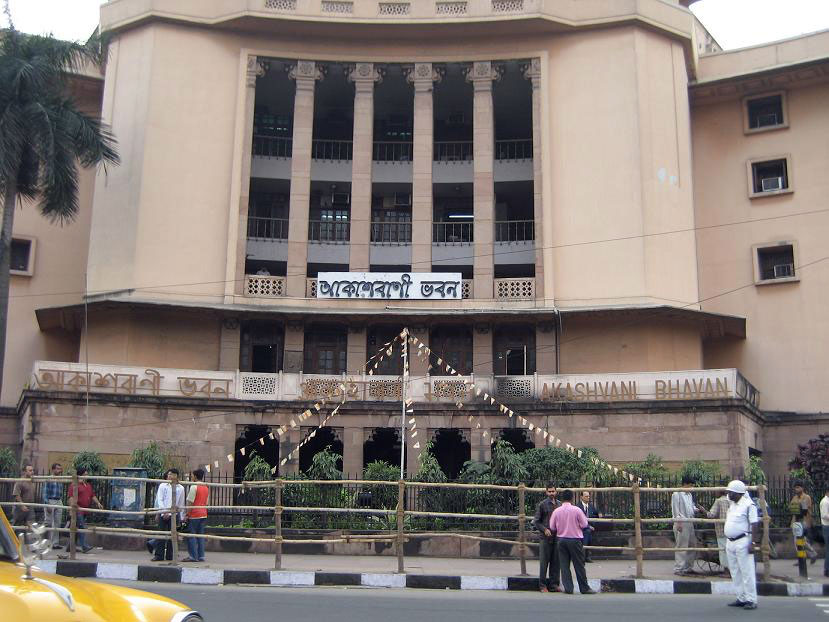
The journey began with clubs being set up in Calcutta, Bombay and Madras between the span of November 1923 – June 1924. 1926, saw the British Government grant a license to a private body named Indian Broadcasting company to establish broadcasting stations in India. IBC’s failure resulted in the beginning of Indian state Broadcasting Service, further renamed to All India Radio (AIR) in June 1935. On the suggestion of famous poet Pandit Narendra Sharma AIR was renamed to ‘Akashvani’, the message that comes over the skies.
‘Bahujan Hitaya Bahujan Sukhaya’, motto of Akashvani is a dictum mentioned in the Rigveda which translated to happiness of many, for the welfare of many. AIR, India’s public service broadcaster, the radio vertical of Prasar Bharati has been serving to inform, educate and entertain its audience since its inception. It is one of the world’s largest organizations in terms of languages of broadcast and the spectrum of socio-economic and cultural diversity.
Radio: Cultural Connection
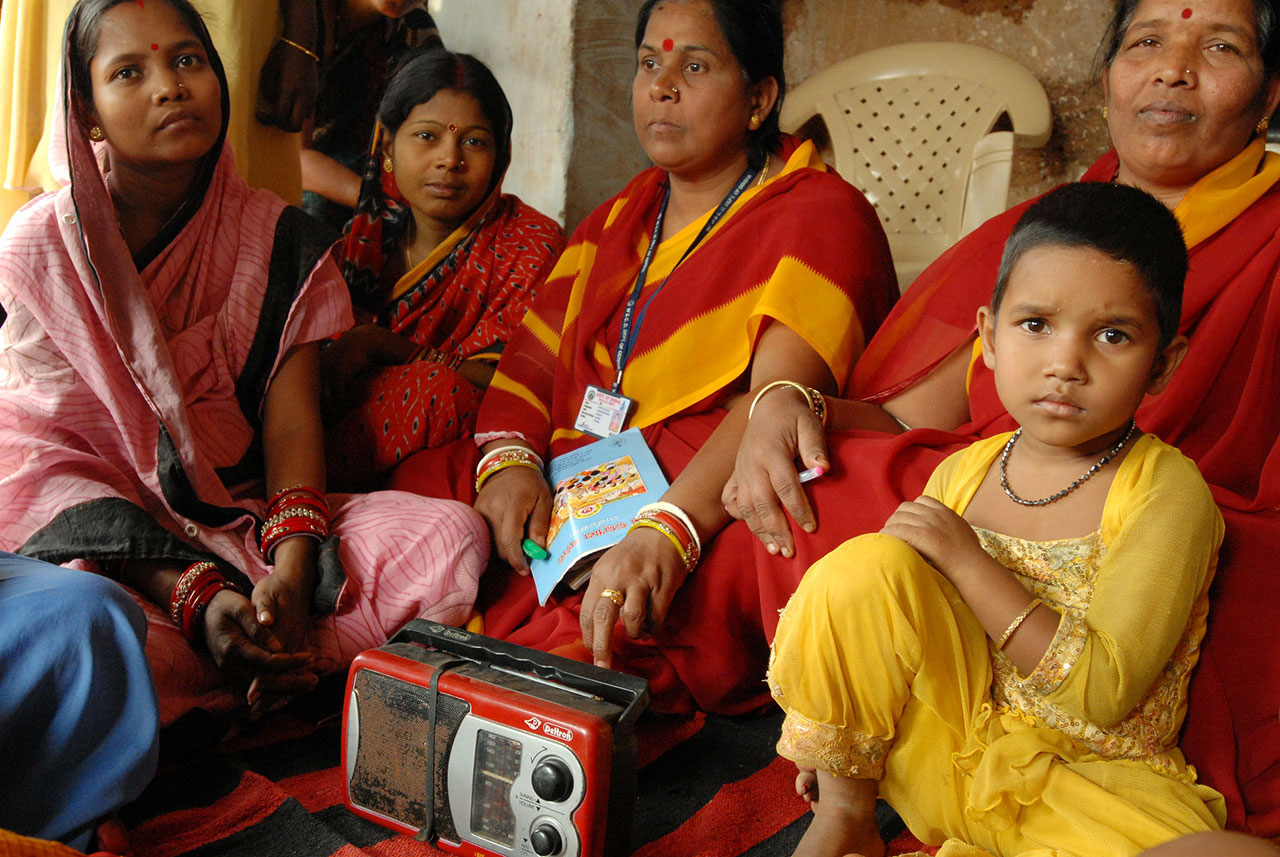
Radio units like Farm & Home, Vividh Bharati, Yuva Vani are one of the popular sections of Akashvani which brewed content for the masses. Farm & Home focused on the farmers and one of its best programs was ‘Kisanvani’, which focused on educating the kisans and spreading awareness. Known for its mix of music featuring a wide range of genres including film songs, classical music, ghazals and folk tunes, Vividh Bharati has been a staple for listeners of all ages. It features popular segments like ‘Sangeet Sarhita’, ‘Aap ki Farmaish’ and ‘Bhule Bisre geet.’
Reaching the Masses through Radio
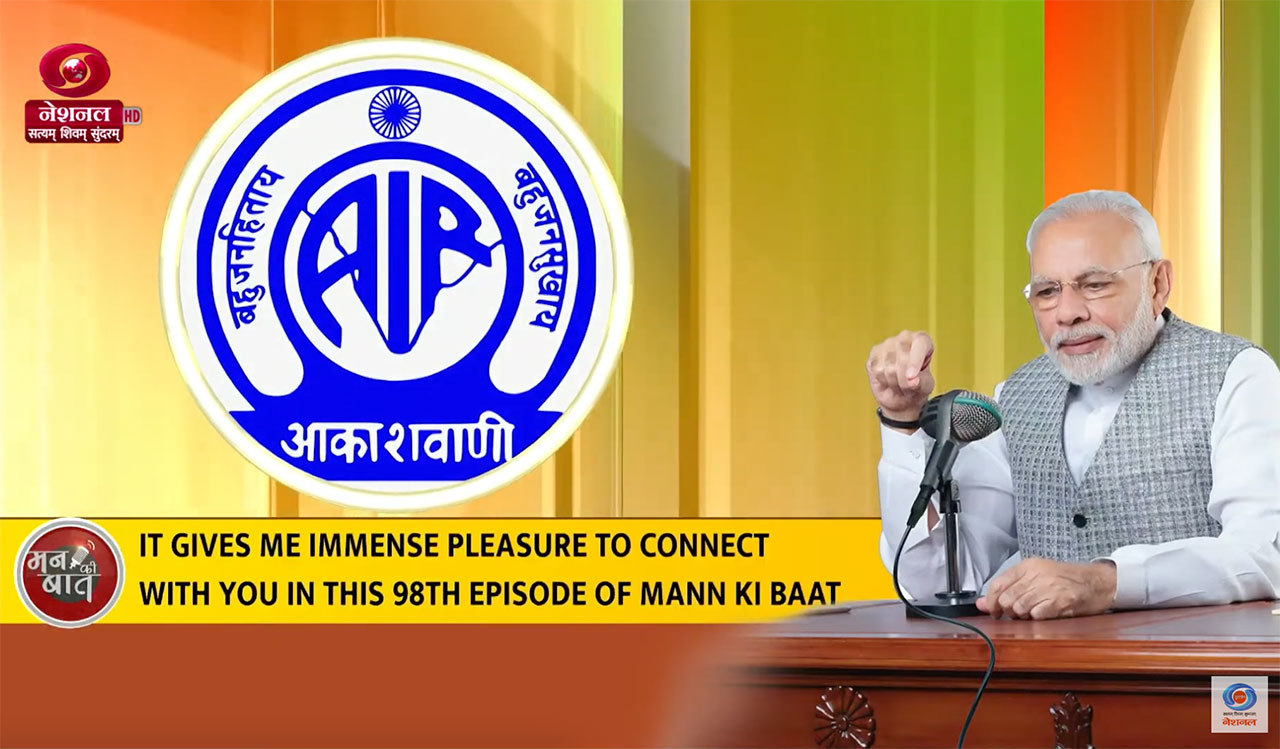
Narendra Modi’s ‘Mann ki baat’, which interacts with the Indian masses through radio, has struck chords with the common people. Farmers, labourers, truck drivers sitting in dhabas tune in to Maan ki Baat on the day of broadcast. Its popularity is such that AIR centers receive thousands of postcards and letter from listeners who want to give opinions and comments related to the program.
Initially AIR was only transmitted in a few languages and covered in a few cities. Its reach, however, swiftly grew and by the 1950s, it was transmitting programs in a variety of languages across the country. Private players discovered a fresh viewpoint to the Indian radio sector. They have brought about to the radio industry new programming formats like music shows, chat shows and celebrity interviews. Their emphasis on appealing to certain listener segments such as youth, women and sports fans had resulted in the increase in the popularity of FM radio. As a result, the FM radio has become India’s favourite source of entertainment.
The Rise of FM Radio
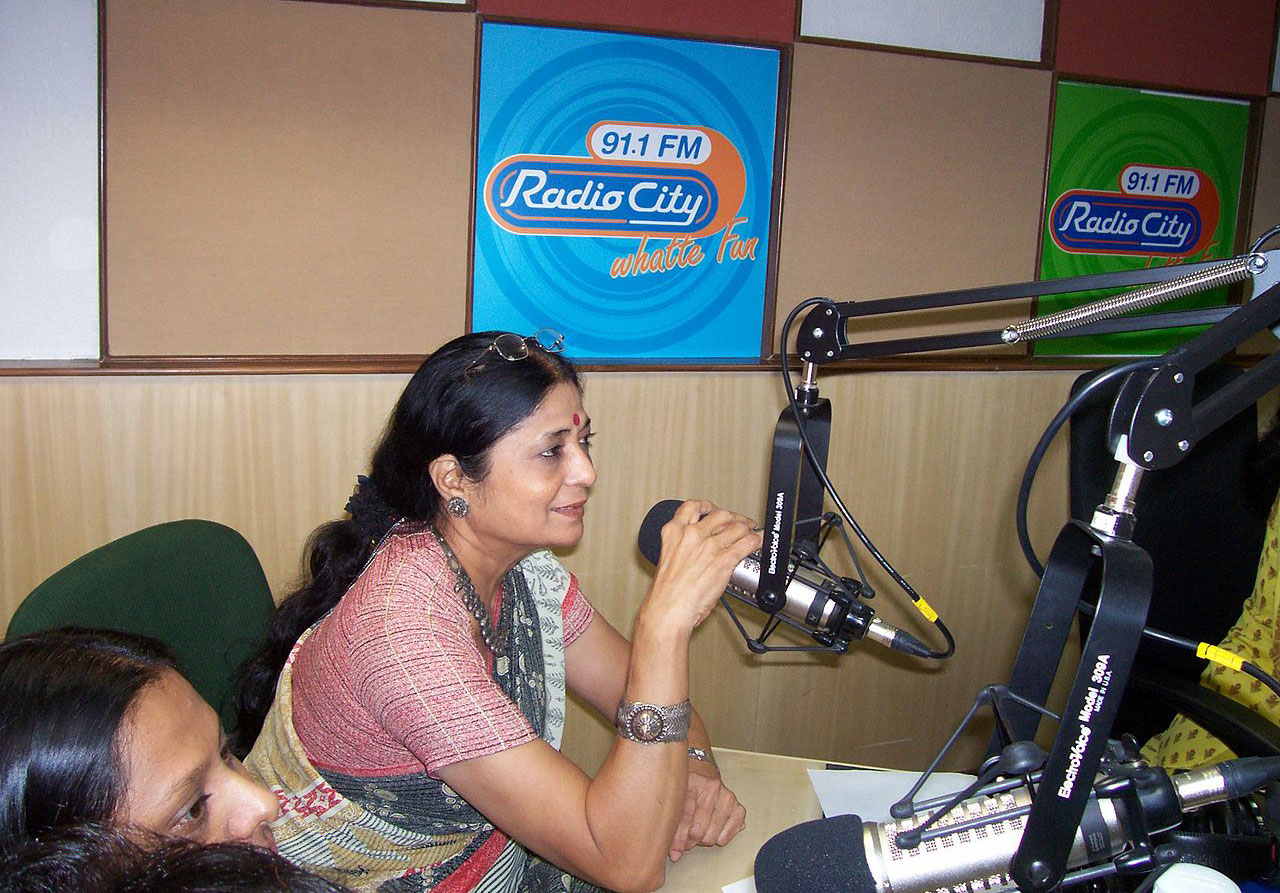
The rise of commercial FM radio in the 1990s was a watershed moment in the history of the Indian radio business. Previously, AIR was India’s sole radio broadcaster. However, when the Indian economy liberalized, private businesses entered the sector. The government auctioned out FM radio station licenses to private entities in several cities around the country. This marked the radio industry’s commercialization in India.
‘Radio is a dying medium’, a statement procured by many. The medium’s attractiveness is falling short with the rise of the Internet and dominance of television. Streaming platforms such as Apple music, Gaana and Spotify have attracted the music listening audience giving them the choice according to the mood and convenience.
Radio to New Age Listeners
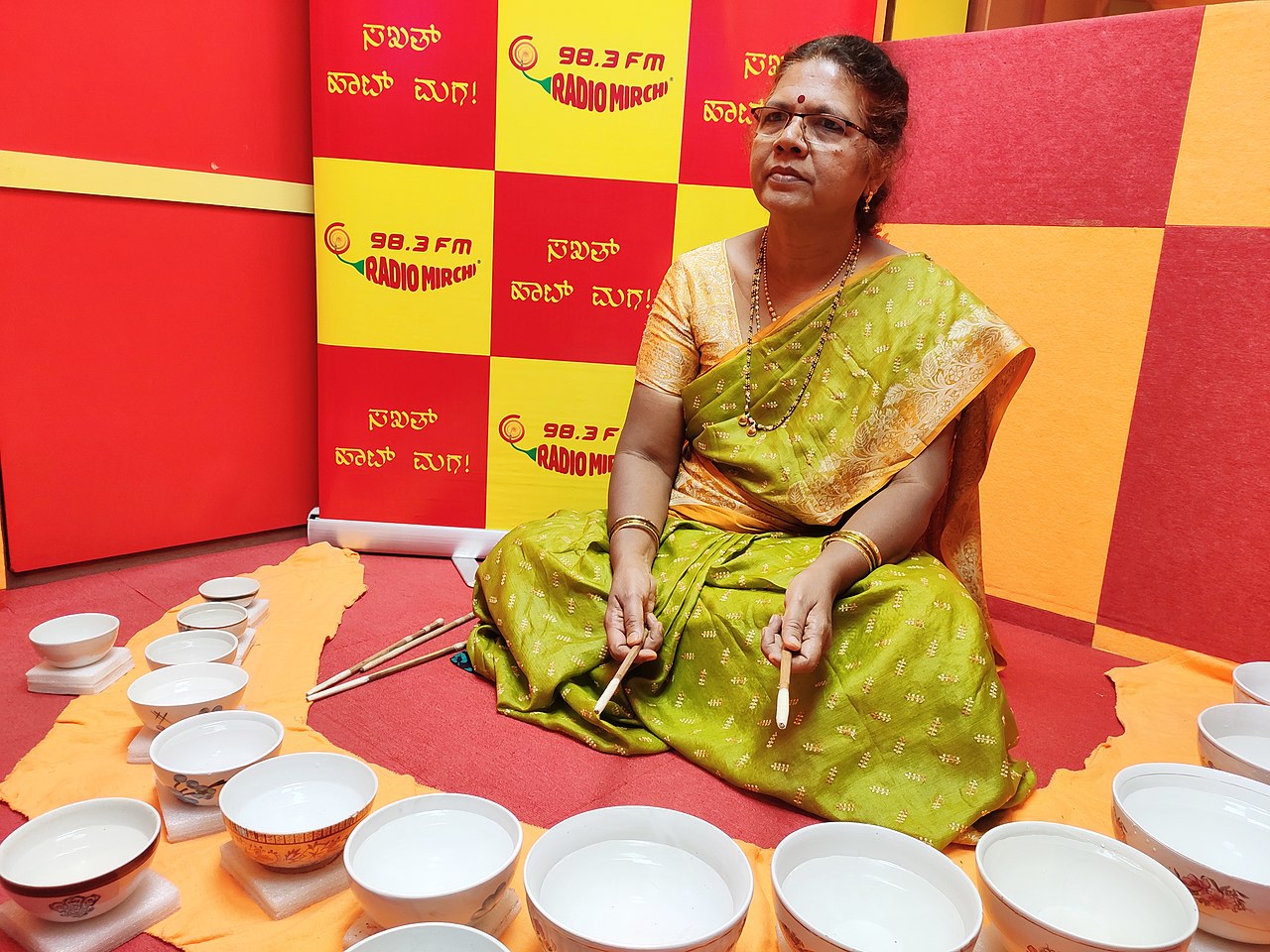
Gone are the days when we would gather around radio sets to tune into the broadcast of Republic day or Independence Day. The medium has now been relegated primarily to music through AIR is still doing efforts with their news bulletins but there are channels where music and soft content programs dominate. The main audience of radio’s are the ageing ones or the people commuting to work in their vehicles.
Radio has also embraced digital technology with several FM stations broadcasting their programming online. The advent of podcasting has also provided new opportunities for India’s radio sector. Innovations related to sports commentary, interactive game-programs, hyper local news and events, presence of an incredible array of frequencies and a sound monetization strategy are just some of the factors that could have delayed the inevitable by a bit.
Radio in Web Space

Private players as well as AIR nowadays are looking for presence in the Web rather than only voice programs. Radio jockeys/presenters are looked upon as commodities who can create content for various platforms, which has somewhat taken away the authenticity of them sticking to only one medium.
There still remains a scope to associate more people with the storytelling form. Radio is a very personal medium, where the presenter talks with the listeners in their private space hitting the chord of emotions right.
To mention Yaadon ka Idiot Box, Sunday Suspense and many others had a huge fanbase in radio but companies decided to not just stick with one platform and move into different spaces with the same content. They need to focus more the platform which is still very emotional for many of the people.
Radio along with new innovations is still trying to get back to what it was once but for it we the people also have to show more eagerness to let these broadcasters trust this medium again.






Well written my boy ❤️👌
Thanks Saheli 🙂
Good work Bro !
Keep growing 💗🌻
Super Brother your knowledge about history if AIR is amazing and keep writing 👏🤝
Very good bhai, keep it up!❤️